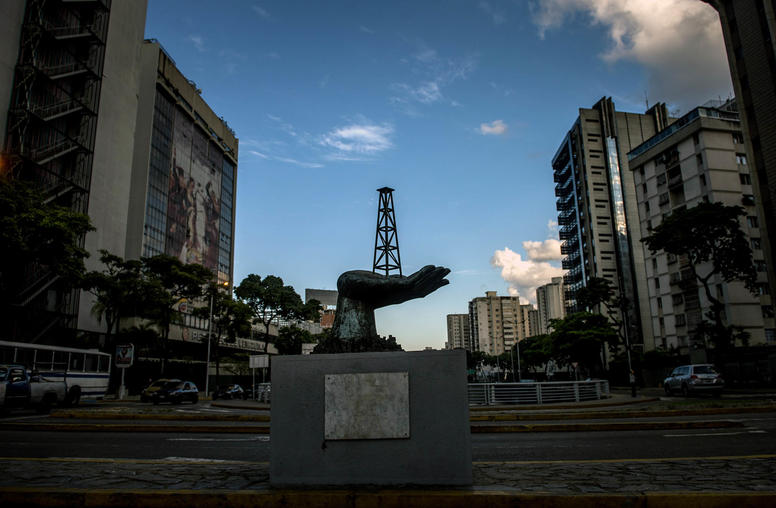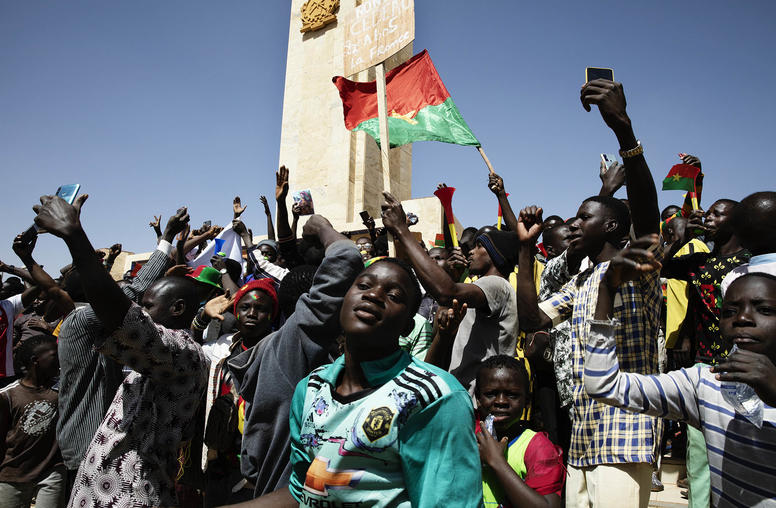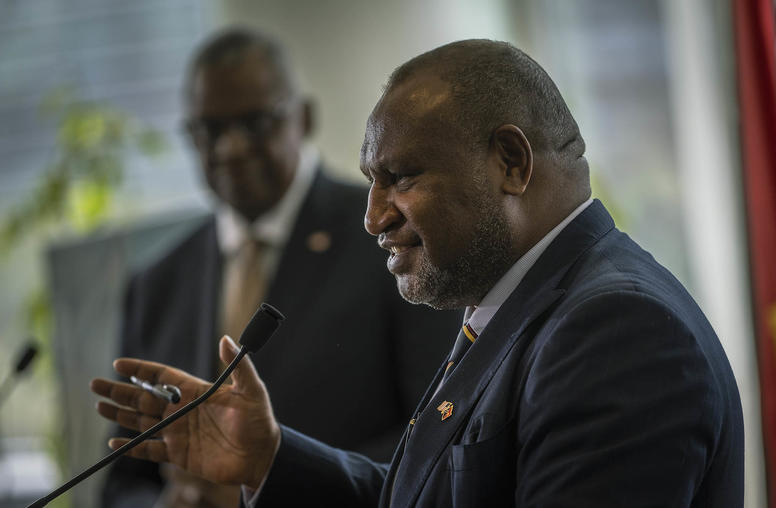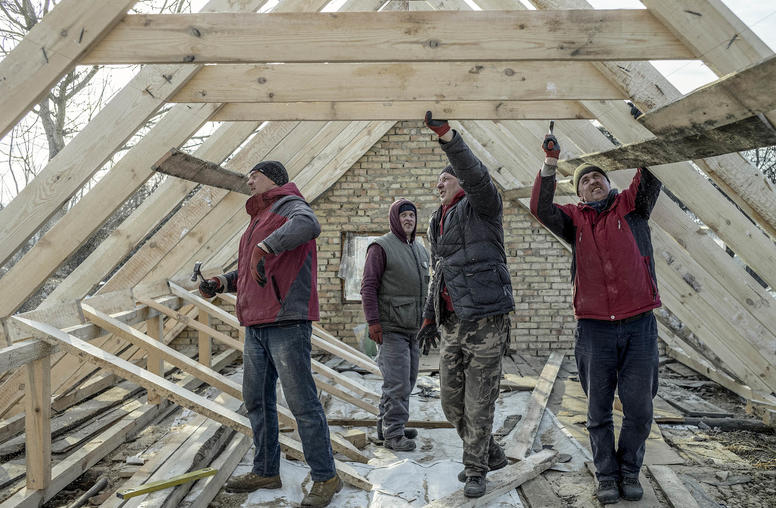Conflict Prevention in the COVID Era: Why the U.S. Cannot Afford to Go it Alone
Deepening U.S. partnerships on the ground in fragile states is key to achieving results amid a new global risk landscape.
Editor’s Note: This article is part of a series that summarizes the Conflict Prevention and Fragility Working Group’s discussions on implementation of the Global Fragility Act.
As the United States and other international actors assess the wreckage reaped by the coronavirus pandemic around the world, estimates are that an unprecedented level of aid will be needed to mitigate its worst impacts in fragile states. Given the ballooning costs of COVID-response efforts, the U.S. will need to deepen its partnerships with other international donors and local actors to bolster accountable and inclusive institutions and prevent conflicts and violence from escalating. Equally important, but less discussed, these international efforts will need to focus on managing a more complex global risk landscape that is emerging from the pandemic.
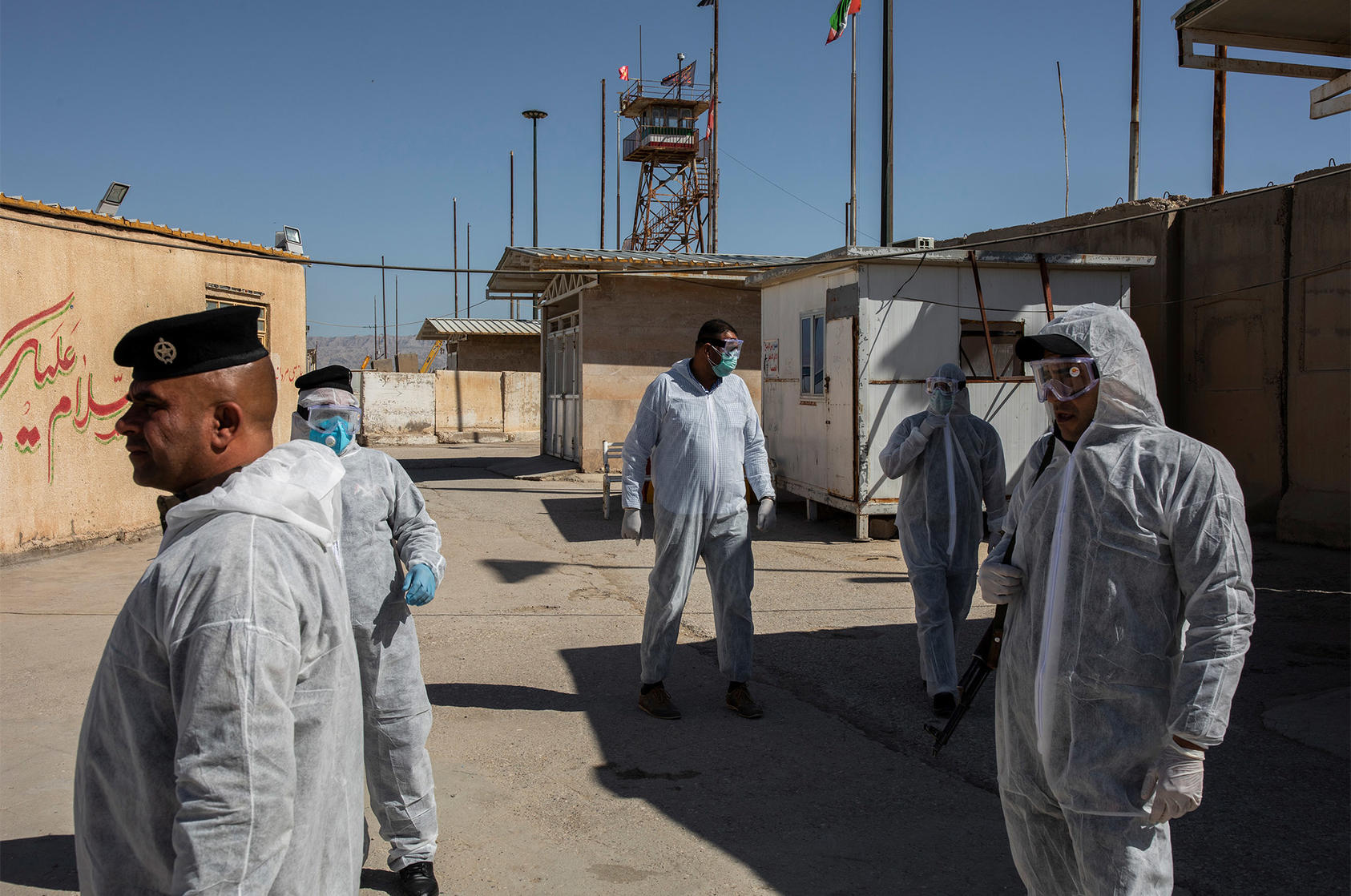
The typical crisis-response approach to addressing conflicts is unlikely to succeed if it fails to take into consideration the other shocks triggered by the pandemic—from food security crises and loss of livelihoods to sharp declines in export earnings and remittances. As U.S. policymakers plan for the implementation of the Global Fragility Act, they should invest in building on-the-ground partnerships that enable action-oriented coordination with other international actors to prevent conflict amid an expanding set of global risks.
Conflict and the ‘Cascading Crises’ Triggered by the Pandemic
U.N. officials have warned of “cascading crises” that could erupt in vulnerable countries where the social compact between the state and citizens is weak, creating “a generation’s worth of tragic and exportable problems.” The U.N. estimates that because of the pandemic, 6,000 children could die each day from preventable causes, while deaths from HIV, tuberculosis, and malaria could double. Emerging data show an increase in women reporting violence since the COVID outbreak, and some research suggests we are likely to see a 56 percent increase in new conflicts over the next two years. U.S. officials echo these concerns, pointing to an interconnected set of challenges—deepening food insecurity, deteriorating conditions in refugee camps, economic recession, democratic backsliding, and violent extremism—that will require a “comprehensive U.S. response.”
The increased complexity of the global risk landscape has important ramifications for U.S. policy and any efforts to prevent a rise in conflict and violence. The U.S. and other international actors’ approach to conflict will need to evolve from response to a singular crisis to a more proactive risk-management paradigm focused on addressing a complex web of interconnected risks that may give rise to a series of cascading dangerous events, including large-scale violence.
Internal conflicts and widespread violence must be understood in the context of other risks that global actors like the U.S. contend with in a fast-changing global environment. The Sendai Framework, once focused narrowly on natural disaster risk, provides guidance to U.N. member states on how to protect development gains from damaging shocks and disasters, and a roadmap for understanding conflict in the context of other global risks. A timely new report positions conflicts and other human-induced and natural disasters in the context of COVID as “cascading, complex events” that can impact a broad range of health, economic, financial, political, and security systems. These guidelines should inform U.S. and global efforts to mitigate the rise of instability, including through close monitoring of the global risk landscape and of the pandemic’s impacts on fragile states at the country level.
Country Coordination Platforms: An Entry Point for Strategic Prevention
Robust country coordination platforms—country-based organizational structures and processes that are designed to facilitate coordination between international donors and the host country—can offer a good entry point for putting into action a more strategic approach in a complex risk environment.
Country coordination platforms have traditionally been valued by diplomats because they provide the U.S. with increased visibility on partner programs, but they should instead be seen as an opportunity to form alliances for greater impact. While information-sharing remains an important diplomatic function, routine communications can be transferred to more efficient on-demand digital platforms, like the Uganda AMP, through which information is uploaded, updated regularly, easily searchable, and publicly accessible. That would allow donor coordination platforms and face-to-face time between donors to be saved for strategic problem-solving. Greater information exchange creates a better environment for risk management, even if it is rarely possible for any donor or national entity to share 100 percent of their information nor reveal the full detail of their active contingency plans.
In line with the United States’ Strategic Prevention Project recommendations, coordination platforms provide an opportunity for donors to agree on common ground, send unifying messages, pool risk for edgier actions, and reduce friction in high-intensity moments. For example, the Somalia Partnership Forum brings together the Somali federal government and a dense network of bilateral, regional, and multilateral donors and implementing organizations, including peacebuilding actors. Unlike traditional country aid architectures, this platform promotes strategic planning among these actors, and includes a resilience pillar, which the government itself describes as moving from a reactive to a proactive approach to reducing vulnerability to future humanitarian crises.
In the wake of the devastating February 2018 earthquake in Papua New Guinea, the joint government-partner Disaster Management Team not only used the country coordination platform to agree on key messages and sequencing of disaster response actions, but allowed for deeper consideration of local conflict and violence dynamics and their impacts on vulnerable populations.
Where donors face obstacles to engaging in coordination platforms, such as earmarks or other legislative constraints, creative workarounds often exist. For example, in early 2002 as the first independent Timor-Leste government was preparing to take control of its budget, more than 70 percent of recurrent costs were anticipated to be covered by a multi-partner, multi-year budget support program. Neither the U.S. nor Japan were able to participate, yet both were important and valued partners. The solution was to establish a coordination forum that included all strategic partners, including them in joint dialogue and the technical supervision of missions (previously closed to non-financial donors). The coordination process transparently recognized their investments and fuel imports as contributions alongside other partners’ budget support.
However, to serve as a vehicle for a more strategic approach to conflict prevention in a complex risk environment, these platforms should be supported by sufficient resources, structured according to best practices, and approached with the goal of increasing resilience to external shocks, including conflict.
Change-Management and Resilience to Shocks
To be effective, coordination platforms should be designed or reformed in places where they already exist, so as to be lean and flexible to accommodate changing participation, frequency, and a complicated risk landscape. They should avoid meeting protocols or practices that deepen power or resource imbalances among participating institutions and agencies, recognizing that an effective response to an emerging opportunity or threat will require frank and thoughtful inputs from as many perspectives as possible. In volatile and fragile settings, coordination platforms can generate over time a reservoir of trust within the group, and can support scenario and contingency planning, both of which are in the interests of the U.S.
Effectively adjusting the historically tactical model of coordination-as-information-sharing on discrete programs, and moving toward a more dynamic and strategic model of coordination as a process of policy planning at the country level has proven effective, even in a setting as fluid and complex as Somalia’s. In that country, a productive international development platform has helped ensure more strategic policies and investments by donors.
Ultimately, in the midst of a global pandemic and an expanding set of global risks, it is in the U.S. interest to participate in on-the-ground partnerships that are informed by guidelines for reducing the risks of conflict and other shocks.
Laura E. Bailey, recently retired from the World Bank as the Global Lead for Stability, Peace and Security, has spent much of her 35-year career in thought leadership and operational innovation on matters of fragility, conflict and violence, with a particular interest in leadership in difficult contexts.
